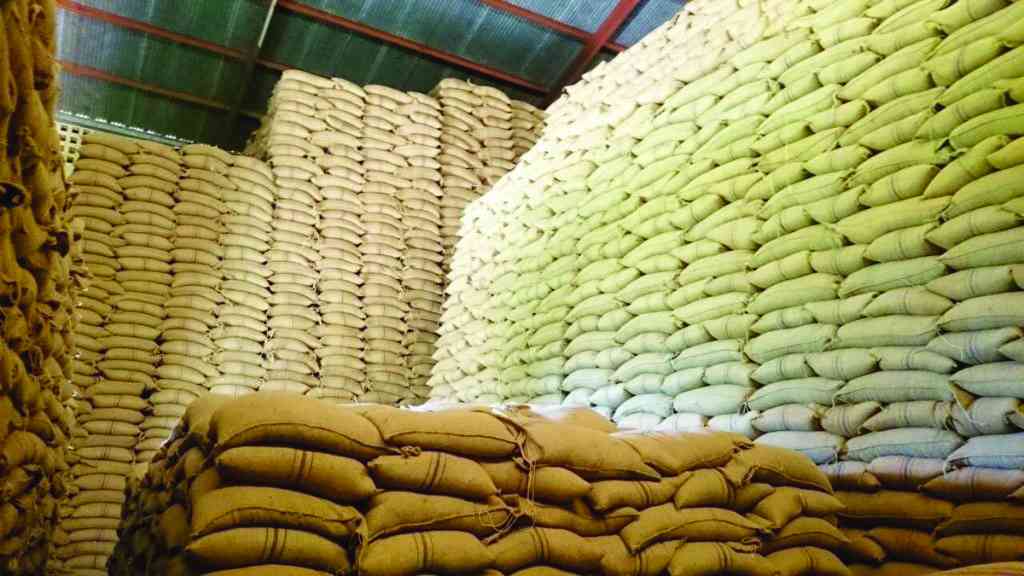
ZIMBABWE recorded a US$1,7 billion trade deficit for the nine months ending September, a 13,2% increase from the previous period, primarily driven by rising grain and fuel imports, according to official statistics released this week.
The trade deficit stood at US$1,5 billion during the same period last year.
This means Zimbabwe is spending more foreign currency to import goods and services than it is exporting.
The data from the Zimbabwe National Statistics Agency (ZimStat) indicated that the country exported goods and services worth US$5,1 billion during the review period, compared to US$6,8 billion imports.
On Tuesday, leading economists said Zimbabwe’s overreliance on primary commodities will not be sustainable.
“There are two major factors that could account for the observed increase in the trade deficit. The first being the increase in imports, especially of grain due to the El Niño-induced drought that we experienced as a country in the period under review,” economist Stevenson Dhlamini said.
“Secondly, it is the slump in commodity prices that we experienced, especially the platinum group of minerals, which was a global shock. The impact of the rising trade deficit is mostly felt through the foreign currency shortages, which hamper economic growth.
“It also cascades to rising unemployment as industries fail to get enough foreign currency to support production. In addition, this trade deficit implies that the giver has limited foreign currency reserves to service external debt, which may lead to higher debt repayment costs.”
- Irrigation panacea to droughts: Haritatos
- 60% of Zim has never known electricity
- Hunger stalks Chiredzi villagers
- Hunger stalks Chiredzi villagers
Keep Reading
To address this issue, Dhlamini said the authorities should come up with policy measures that address economic resilience through import substitution strategies.
“We need to drought proof our agriculture to reduce the impact of drought shocks. We also need to value-add our exports so that we narrow the gap between the price of exports and the costs of our imports,” he said.
Vince Musewe, another economist, said: “The continuing reliance on imports, especially finished goods, is not a good thing. We must industrialise, add value and export more valuable goods.”
Imports outpaced exports during the review, rising by 2,6%.
Zimbabwe imports a wide-range of products, including machinery and mechanical appliances, raw materials, food products, fuels, minerals, textiles and clothing, footwear, electricity, chemicals, metals and intermediate products, among others.
Exports, which decreased by 0,4%, were dominated by commodities.
Rufaro Hozheri, an economist, said the exports were consistent with the previous year numbers, but “we have added US$175 million to our imports since the beginning of the year.”
“We imported US$350 million worth of maize to cope with the effects of the drought and our fuel bill also grew by some US$54 million, hence the growth in our deficit.”
To address this, economic analyst Victor Bhoroma, advocated for serious implementation of import substitution.
“For example, when you look at our agriculture, there has to be serious mechanisation,” he said.
“Then what also needs to be done is that Zimbabwe would need to actually be able to substitute what are called business for business commodities or business for business inputs that we are importing in order to produce fast moving consumer goods in the country.”
He added: “For us to be able to do that, we need to capacitate our local industries in terms of capital. We need to facilitate technology transfer into the country.
“We also need to facilitate export marketing for the local producers that would seek to export within the region so as to boost their capacity.”











